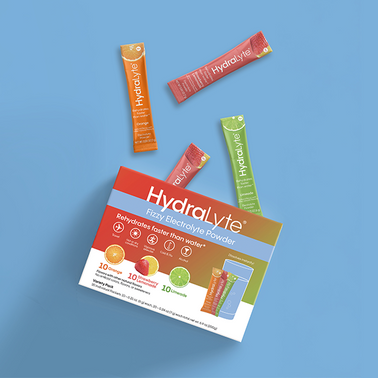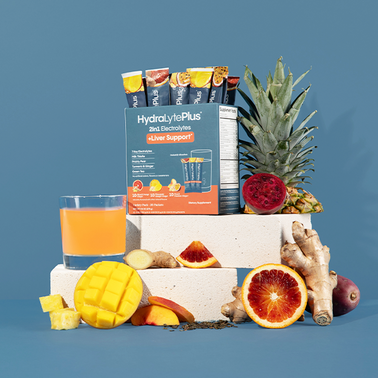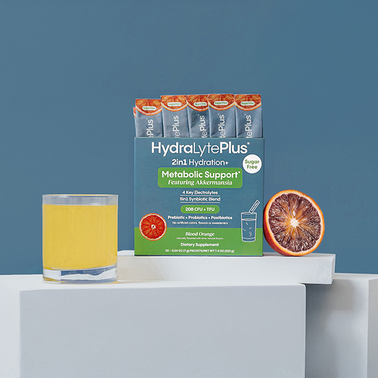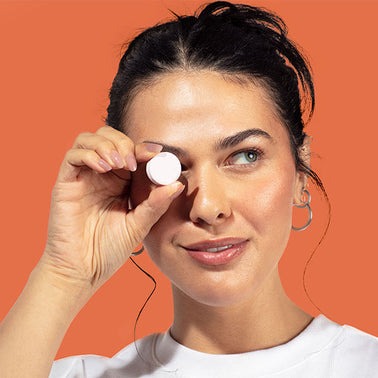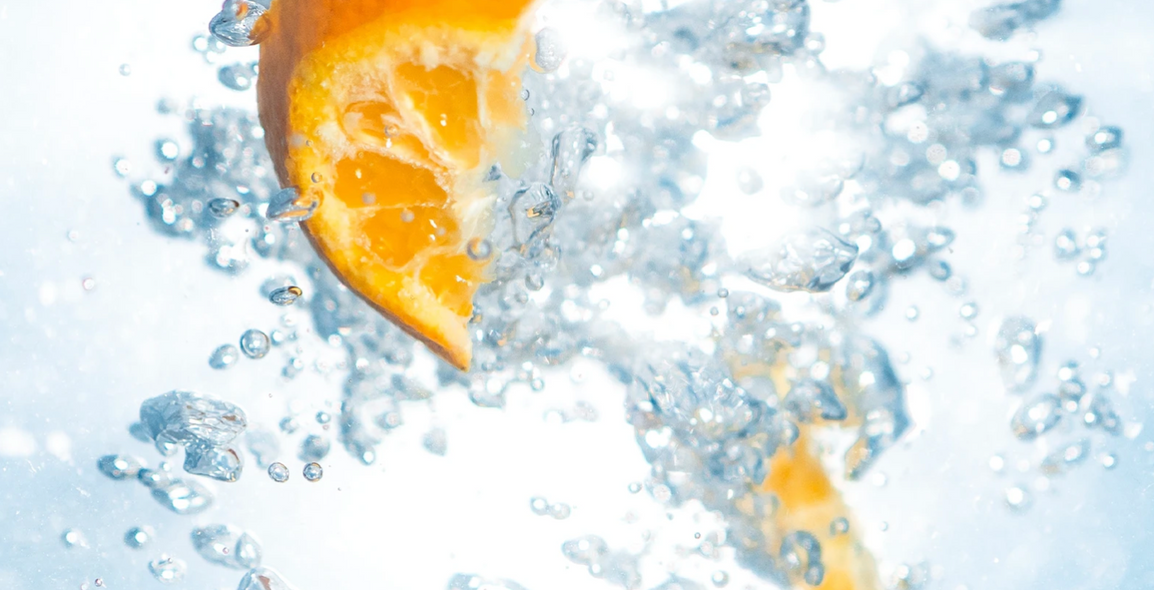The human body is an incredible machine that needs to stay hydrated to keep moving. Because water is so important to all functions of the body, dehydration or the lack of water can quickly become very serious. Scientists have regularly studied the importance of hydration and in the mid-20th century, they started looking even closer at how people rehydrate. As part of this effort, researchers in several parts of the world contributed an advancement explored by notable, British medical journal, The Lancet, in 1978. Hailed as “potentially the most important medical advance” of the 20th century by the journal, this discovery was the formation of oral rehydration solutions, abbreviated ORS.
Early Hydration Science & Research
Earlier research conducted in the 1960s revealed that when glucose and water were combined with salt in a specific ratio, the liquid could be quickly absorbed through the intestinal walls. This happens through a specific protein known as the sodium-glucose cotransport mechanism, also known as the sodium glucose “pump.” This “pump” allows for water to be pulled into the body’s cells as opposed to only passing slowly through the digestive track and into the body.The Relationship Between Sodium and Dehydration
So how does this sodium glucose pump work? When drinking an oral rehydration solution, the amount of sodium in the liquid is different than the concentration in the body. Typically, we think of sodium as a dehydrating agent, but the amount of salt in an ORS is carefully controlled to avoid this. The right concentration of salt and glucose activates the sodium glucose pumps lining the intestine. When these pumps open, water can pass through with the sodium and glucose, leaving the intestines and entering the body’s cells to hydrate you.
 This 2D diagram represents how water will rush from the small intestine into the body when sodium and glucose activate the sodium glucose pump. The blue circles represent sodium, the green circles represent glucose, and the light blue arrows represent water.
This 2D diagram represents how water will rush from the small intestine into the body when sodium and glucose activate the sodium glucose pump. The blue circles represent sodium, the green circles represent glucose, and the light blue arrows represent water.
 When water enters the small intestine, a small amount may enter the body (left), compared to how much can flow through when an ORS presents the right sugar/salt ratio (right)
When water enters the small intestine, a small amount may enter the body (left), compared to how much can flow through when an ORS presents the right sugar/salt ratio (right)What is Tonicity and Why It Matters
Tonicity is also important when considering the effectiveness of an ORS. What exactly is it? Tonicity means the ability of a solution to move water into and out of a cell. In this case, we are talking about solutions and their effect on the human body.The 3 types of tonicity:
- Isotonic solutions maintain the current balance of water to salt concentration.
- An example of an isotonic solution is a saline drip in a hospital.
- Hypotonic solutions increase the movement of water based on too much salt present.
- An example of a hypotonic solution is an ORS, such as Hydralyte.
- Hypertonic solutions decrease the movement of water based on too little salt present.
- An example of a hypertonic solution is sea water.
 How tonicity works
How tonicity works The right ratio of sodium and glucose, in combination with a hypotonic solution, leads to rapid hydration
The right ratio of sodium and glucose, in combination with a hypotonic solution, leads to rapid hydration

